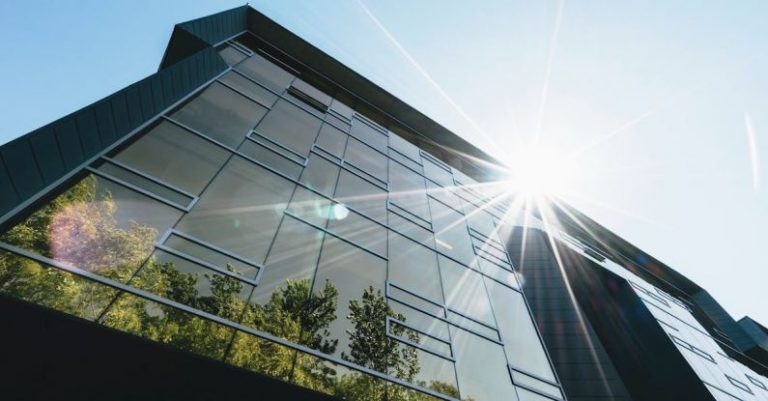Why Choose Composites over Traditional Building Materials?
In the realm of construction and architecture, the choice of materials plays a crucial role in determining the longevity, sustainability, and aesthetic appeal of a structure. While traditional building materials like wood, concrete, and steel have been relied upon for centuries, there has been a growing shift towards the use of composites in recent years. Composites, which are materials made from two or more constituent materials with significantly different physical or chemical properties, offer a plethora of benefits that make them a compelling choice for modern construction projects. In this article, we will delve into the reasons why choosing composites over traditional building materials is a smart and forward-thinking decision.
**Durability and Longevity**
One of the primary reasons why composites are gaining popularity in the construction industry is their exceptional durability and longevity. Unlike traditional materials such as wood, which are susceptible to rot, decay, and insect infestations, composites are highly resistant to moisture, pests, and other environmental factors that can cause deterioration. This inherent durability means that structures built with composites are more likely to stand the test of time, requiring minimal maintenance and repairs over the years.
**Strength and Lightweight**
Composites offer an excellent strength-to-weight ratio, making them ideal for applications where weight is a critical factor. Compared to traditional materials like steel, composites are significantly lighter while still maintaining impressive strength and rigidity. This lightweight nature not only simplifies construction and transportation processes but also reduces the overall load on a structure, potentially leading to cost savings in the long run.
**Design Flexibility and Versatility**
Another compelling reason to choose composites over traditional building materials is their unmatched design flexibility and versatility. Composites can be molded into virtually any shape or size, allowing architects and designers to unleash their creativity and bring even the most complex and innovative ideas to life. Whether it’s creating curved facades, intricate patterns, or custom textures, composites offer endless possibilities for architectural expression.
**Corrosion Resistance**
Corrosion is a common issue that plagues structures made from traditional materials like steel and concrete, especially in harsh environmental conditions. Composites, on the other hand, are inherently resistant to corrosion, making them an excellent choice for projects located in coastal areas, industrial settings, or regions prone to high humidity. By opting for composites, builders can ensure that their structures remain structurally sound and visually appealing for years to come, without the need for costly anti-corrosion treatments.
**Sustainability and Environmental Benefits**
In an era where sustainability is a top priority for many industries, composites shine as a more environmentally friendly alternative to traditional building materials. Composites can be manufactured using recycled materials, reducing the demand for virgin resources and minimizing waste. Additionally, composites are often more energy-efficient to produce than their traditional counterparts, further reducing their environmental impact. By choosing composites, builders can contribute to a greener future while still achieving exceptional performance and aesthetics in their projects.
**Cost-Effectiveness**
While the initial cost of composites may be higher than that of traditional materials, the long-term cost-effectiveness of composites often outweighs this initial investment. Thanks to their durability, low maintenance requirements, and resistance to wear and tear, structures built with composites are likely to incur lower maintenance and repair costs over their lifespan. Additionally, the lightweight nature of composites can lead to savings in transportation and installation expenses, making them a financially savvy choice for construction projects of all scales.
**Innovative Applications**
Composites are not limited to traditional building applications; they have found their way into a wide range of industries and products, from aerospace and automotive to marine and renewable energy. The versatility of composites allows for innovative solutions in various fields, pushing the boundaries of what is possible in terms of performance, efficiency, and sustainability. By choosing composites for construction projects, builders can tap into this wealth of innovation and expertise, ensuring that their structures are at the forefront of technological advancement.
**Final Thoughts**
The shift towards composites in the construction industry is a testament to the numerous advantages that these materials offer over traditional building materials. From durability and strength to design flexibility and environmental benefits, composites present a compelling case for why they should be the material of choice for modern construction projects. By embracing composites, builders and designers can create structures that not only stand the test of time but also contribute to a more sustainable and innovative built environment.






